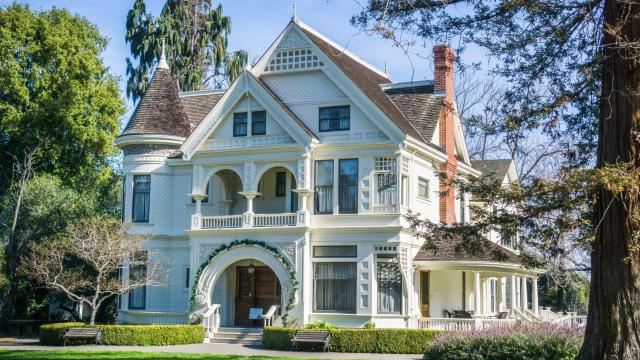Whether you live in an older home, or just appreciate them (and can lose hours scrolling through the Cheap Old Houses Instagram account), you may have looked at a house and wondered about its history: How old it is, who lived and died there, and what other events took place there over the years.
Fortunately, there are a few relatively simple ways to get the backstory on your house, or that one in your neighbourhood you’ve always been curious about. Here’s what to know and where to start.
Google the house’s address
Like any other type of research, the easiest place to start is with a Google search of the home’s address. This may or may not be useful, but you might as well start with the lowest-hanging fruit.
If the house is or was on the market over the past few years, you’ll probably come across a real estate listing, which, if nothing else, should tell you the year the house was built. Plus, if you don’t live in the house, it may contain interior shots that would be interesting to see. Anything else a quick Google search unearths is a bonus.
Look for clues
If you do live in the house you’re researching and don’t know the year it was built, try looking around for clues. According to the National Trust for Historic Preservation, closets are a good place to start, because you may find old wallpaper or paint with patterns and/or colour schemes specific to a certain era. Or, examine any exposed rafters or brick in the house for dates or stamps left by the builder.
Research using public records
Here’s where things may get a little more time consuming. There are plenty of public records out there, but not everything is fully digitised, so you may need to page through (digitised) hand-written census records, for example, to find out who lived in the house previously.
Typically, the most accessible public records are titles, deeds, property tax records, plat maps, and other local history documents, which may be available through your county auditor’s website, the local library, or a local historical society.
Talk to your neighbours
Depending on where you live, your house may look a lot like your neighbour’s, so if you have questions about your home’s history — like when it was built, or what a particular feature was originally for — they may know the answer. If you live in a small town, chances are there are some lifelong residents who’ll be able to fill you in on the home’s history, including the previous owners and what they did for a living.
Learn about the history of your town or neighbourhood
Were the cottages on your street originally built to house railroad employees? Was the area considered rural farmland at one point, where the farms were subdivided into multiple lots? Was there a major influx of immigrants from a certain part of the world during the period when your house was built? Even if you don’t find anything specifically about your home, getting some general historical background may be useful.

Leave a Reply
You must be logged in to post a comment.